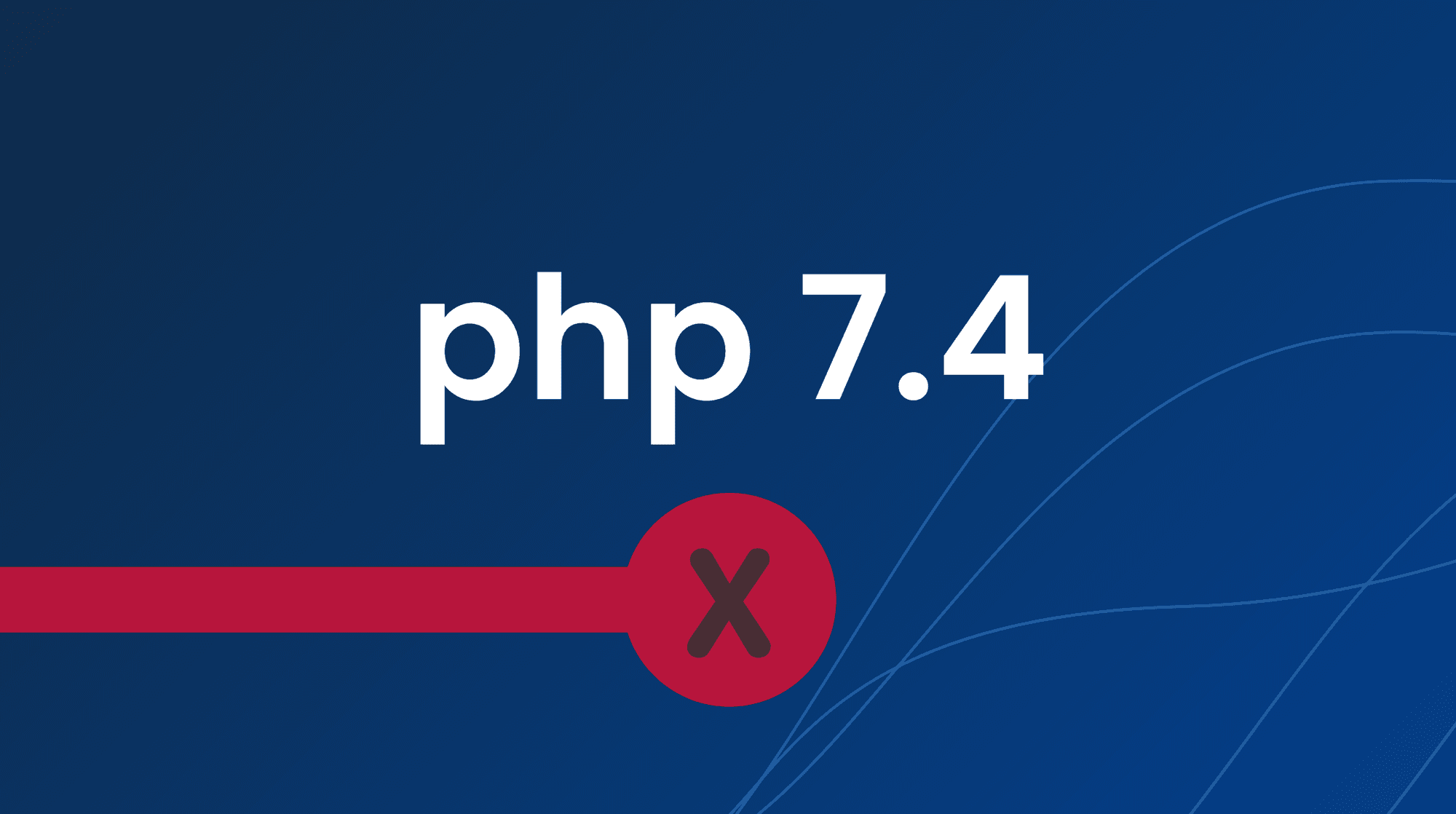由于其用户友好的界面和强大的功能,WordPress 已成为网站创建和管理的首选平台。随着 WordPress 的普及度不断提高,企业和个人面临着有效管理其 WordPress 网站以确保最佳性能和安全性的挑战。
为了应对这一挑战,自动化已成为简化 WordPress 管理的强大工具。通过自动化各种任务和流程,网站所有者可以节省时间、提高效率并专注于其在线业务的更具战略性的方面。
在本文中,我们将探讨 WordPress 管理中自动化的强大功能以及它如何使网站所有者受益。我们将深入探讨 WordPress 受欢迎的原因、它面临的潜在威胁以及可以实施的安全措施。此外,我们将深入研究 WordPress 网站上的活动,并探索一些可用的顶级自动化工具和插件。
因此,无论您是小企业主、博主还是管理多个 WordPress 网站的代理机构,都请准备好了解自动化如何彻底改变您的 WordPress 管理体验。让我们开始吧!🚀
了解 WordPress 的流行程度
WordPress 已成为全球领先的内容管理系统 (CMS),其受欢迎程度逐年增长。在本节中,我们将深入探讨 WordPress 广泛使用的原因,并探索其市场份额、顶级网站的使用情况以及使用这个强大平台创建新网站的速度。
市场份额
WordPress 在 CMS 市场的主导地位是不可否认的。截至目前,它为全球所有网站提供了令人印象深刻的 63.3% 支持,巩固了其作为个人、企业和组织首选 CMS 的地位[1]。凭借其用户友好的界面、广泛的自定义选项以及蓬勃发展的开发者社区,WordPress 已成功占领市场的最大份额。
热门网站上的使用情况
但是,知名网站对 WordPress 的使用情况如何呢?统计数据显示,即使是最大、最知名的网站也认识到 WordPress 带来的价值。互联网上排名前 100 万的网站中,有 36% 选择了 WordPress 作为其首选 CMS[1]。这不仅凸显了平台的可靠性和可扩展性,也展示了各行业主要参与者对 WordPress 的信任程度。
每日网站创建
每天都有数百个新网站上线,而 WordPress 是这一快速扩张的领头羊。每天有超过 500 个网站使用 WordPress 创建[1]。这一令人印象深刻的数字表明该平台的易用性和可访问性,使其成为希望建立强大在线形象的个人和企业的有吸引力的选择。无论是个人博客、电子商务网站还是公司网站,WordPress 都能提供将想法变成现实所需的灵活性和功能。
总之,WordPress 的流行可以归因于其主导的市场份额、顶级网站的使用率以及使用该平台创建的新网站数量不断增长。凭借其强大的功能和用户友好的界面,WordPress 仍然是全球数百万网站所有者的首选 CMS。
“WordPress 为所有网站提供了 45.8% 的支持,在 CMS 市场中占有 63.3% 的市场份额。
排名前 100 万的网站中有 36% 使用 WordPress。
每天有 500 多个网站使用 WordPress 创建。”[1]
[1] 附加信息来源
WordPress 攻击威胁及安全措施
WordPress 无疑是全球数百万网站使用的最受欢迎的内容管理系统 (CMS) 之一。然而,它的流行是有代价的:这也使它成为黑客和自动攻击的诱人目标。在本文中,我们将探讨自动攻击的普遍性,收集管理员对自动更新的见解,并检查当前的软件更新状态。
自动攻击的盛行
🔒 安全是任何网站所有者的首要任务,了解自动攻击的普遍性可以帮助我们领先潜在威胁一步。以下是一些令人震惊的统计数据:
- 📊 97% 的 WordPress 攻击都是自动化的。 网络犯罪分子利用自动化工具和机器人扫描网站漏洞、利用过时的插件或主题并获取未经授权的访问。
- 🚫 这些攻击不是针对个人或有针对性的。相反,它们专注于寻找任何易受攻击的 WordPress 安装,无论网站规模或行业如何。
❓ 那么,为什么黑客主要依赖自动攻击? 主要原因是:
- ⏱️ 效率: 自动化攻击可以同时针对数千个网站,最大限度地增加攻击者找到漏洞的机会。
- 🔓 低风险: 黑客无需花时间进行需要专业知识和对目标有更深入了解的手动攻击,而是可以利用自动化工具广泛撒网并希望成功。
- 💰 盈利能力: 自动化攻击可能导致各种恶意活动,例如破坏、数据盗窃或将受感染的网站变成向毫无戒心的用户分发恶意软件的平台。
管理员对自动更新的看法
现在我们了解了自动攻击的普遍性,让我们来探讨一下 WordPress 管理员对自动更新的看法——自动更新是 WordPress 提供的一项自动更新核心软件、主题和插件的功能。
🧑💼 为了深入了解这一主题,我们进行了一项调查,以下是一些有趣的发现:
- 👥 52% 的 WordPress 管理员和网站所有者喜欢自动更新,他们欣赏自动更新带来的便利性和额外的安全性。他们相信开发人员在发布更新之前会进行彻底的测试。
- 🙅 另一方面,48% 的管理员对自动更新表示担忧。他们的主要担忧包括主题或插件的潜在兼容性问题、破坏自定义修改的可能性或网站行为的意外变化。
- ⚖️ 尽管意见分歧,但调查结果表明,WordPress 管理员对自动更新的接受度越来越高,大多数人看重其安全优势。
软件更新状态
为了确保 WordPress 网站的安全,及时更新软件至关重要。然而,现实情况却大不相同。
📣考虑以下与 WordPress 网站的软件更新状态相关的统计数据:
- ✅ 仅有 38% 的 WordPress 网站运行的是最新版本的软件。这意味着相当一部分网站可能容易受到已知安全问题的攻击,而这些安全问题已在最新更新中得到修复。
- ❌ 其余 62% 个网站要么运行的是过时的版本,要么根本没有实施任何更新。这使它们面临更高的自动攻击风险,并使其暴露于已知漏洞。
🔐 请记住,保持 WordPress 安装及其所有组件的更新对于维护网站的安全性和完整性至关重要。定期检查更新并及时采取行动以保护自己免受潜在漏洞的侵害。
总之,自动攻击的盛行和管理员对自动更新的日益接受,凸显了网站安全性和便利性之间的持续斗争。通过了解这些威胁并采取主动的安全措施(例如及时实施更新),网站所有者可以大大降低成为自动攻击受害者的风险。保持警惕,保持更新,并确保您的 WordPress 网站安全。
WordPress 网站上的活动
您是否曾经想过 WordPress 网站到底有多活跃?这个流行的平台上有数百万个网站在运行,每天都有内容创建和用户参与的不断热潮。让我们深入研究 WordPress 网站上令人着迷的活动世界,探索这一切背后的数字。
内容发布
WordPress 以其用户友好的内容管理系统而闻名,它使网站所有者可以轻松创建和发布新内容。事实上,每月发布超过 7000 万篇 WordPress 帖子!这是与世界共享的文章、博客帖子和其他形式的内容的惊人数量。
无论是个人博客、商业网站还是在线杂志,WordPress 都为个人和组织提供了一个分享想法、创意和专业知识的平台。轻松发布内容的能力促成了该平台的广泛普及和持续增长。
用户参与
内容创建只是难题的一个方面;用户参与同样重要。评论和与内容互动为 WordPress 网站增添了全新的活力和社区。这是一个访客可以分享想法、提出问题并与网站所有者和其他用户互动的空间。
您是否知道 WordPress 网站每月收到大约 7700 万条新评论?这是 WordPress 帖子评论部分中发生的惊人对话数量。这种参与度证明了 WordPress 生态系统中存在着活跃而充满活力的社区。
全球网站访问量
WordPress 的覆盖范围遍布全球,网站遍布各个行业和领域。拥有如此庞大的网站网络,WordPress 每月吸引大量访问者也就不足为奇了。事实上,每月有超过 4 亿人访问 WordPress 网站!
如此惊人的网站访问量展示了 WordPress 在互联网上的强大影响力。从个人博客到电子商务商店再到新闻网站,WordPress 网站迎合了多样化的受众,提供了丰富的信息和服务。
因此,下次您浏览 WordPress 网站时,请花点时间欣赏幕后发生的大量活动。这是一个不断创建内容、用户相互交流、数百万人浏览各种网站的世界,所有这些都由多功能 WordPress 平台提供支持。让我们拥抱 WordPress 网站的动态特性,继续为这个蓬勃发展的生态系统做出贡献。
WordPress 自动化工具和插件
管理 WordPress 网站可能是一项耗时的任务,从更新插件到安排内容。但是,借助自动化工具和插件,您可以简化和优化 WordPress 维护流程。在本文中,我们将探讨一些可以帮助简化网站管理任务的顶级自动化工具和插件。
MonsterInsights
MonsterInsights 是 WordPress 最受欢迎的自动化工具之一。超过 300 万个网站都在使用这款插件,它是 WordPress 领先的 Google Analytics 插件。借助 MonsterInsights,您可以轻松地将 Google Analytics 集成到您的网站中,从而跟踪基本指标并获得有关受众的宝贵见解。从监控页面浏览量到跟踪用户行为,MonsterInsights 为您提供做出明智决策和不断提高网站性能所需的数据。
HubSpot
HubSpot 是另一个强大的 WordPress 自动化工具。HubSpot 以其强大的营销工具套件而闻名,它与 WordPress 集成,可用于电子邮件营销、CRM 和潜在客户管理。借助 HubSpot,您可以在 WordPress 仪表板内无缝地自动化电子邮件活动、管理客户关系和跟踪潜在客户。通过利用 HubSpot 自动化功能的强大功能,您可以简化营销工作并有效培养潜在客户。
不可思议的自动机
对于 WordPress 中的高级工作流管理,Uncanny Automator 是一个绝佳的选择。这款顶级 WordPress 自动化插件允许您创建连接不同插件和应用程序的自动化工作流。无论您是想在表单提交后自动发送电子邮件,还是根据用户行为触发特定操作,Uncanny Automator 都为自动化任务和简化网站管理流程提供了无限的可能性。
AutomatorWP
如果您正在寻找一款多功能且灵活的 WordPress 自动化插件,那么 AutomatorWP 就是您的最佳选择。这款开源插件允许您集成不同的插件和应用程序,使您能够根据自己的特定需求创建自定义自动化工作流程。无论您是想实现用户注册自动化、根据 WooCommerce 事件触发操作,还是与 Salesforce 和 Mailchimp 等热门 CRM 集成,AutomatorWP 都能满足您的需求。
扎皮尔
Zapier 是一个功能强大的自动化平台,可与 WordPress 无缝集成。借助 Zapier,您可以自动发送通知、管理产品并将您的 WordPress 网站与数百个其他应用和平台连接起来。从发送个性化电子邮件到在项目管理工具中创建任务,Zapier 使您能够轻松自动化 WordPress 网站的各个方面。
FluentCRM
如果您专注于潜在客户生成、细分和电子邮件营销活动管理,FluentCRM 是 WordPress 的完美自动化工具。借助 FluentCRM,您可以轻松捕获潜在客户、根据受众的行为和动作对其进行细分,并开展有针对性的电子邮件营销活动。通过使用 FluentCRM 自动化您的电子邮件营销工作,您可以节省时间和精力,同时有效地培养潜在客户并推动转化。
通过利用这些强大的自动化工具和插件,您可以优化 WordPress 网站维护并简化网站管理任务。从跟踪分析到自动化工作流程,这些工具提供了广泛的特性和功能,可帮助您节省时间和资源。使用这些自动化工具简化 WordPress 维护流程并优化网站性能。 优化 WordPress 维护
结论
总之,自动化在简化 WordPress 管理方面的作用不容小觑。随着 WordPress 的普及以及每天创建的网站数量不断增加,拥有工具和插件来自动化和简化各种任务至关重要。
自动化 WordPress 管理不仅可以节省时间和精力,还可以减轻与安全威胁和软件漏洞相关的风险。通过及时了解自动更新并实施安全措施,网站管理员可以确保其 WordPress 网站的安全性和完整性。
此外,自动化工具和插件在管理内容发布、用户参与度和整体网站活动方面提供了很大的帮助。它们与其他平台无缝集成,使简化工作流程和提高生产力变得更加容易。
对于那些希望利用 WordPress 管理自动化功能的人来说,有几种值得注意的工具和插件可供选择。MonsterInsights、HubSpot、Uncanny Automator、AutomatorWP、Zapier 和 FluentCRM 是市场上的一些首选,它们提供了一系列功能来简化和增强管理体验。
在快节奏的数字环境中,效率和用户体验至关重要,利用 WordPress 管理中的自动化可以改变游戏规则。通过使用这些工具和插件,网站所有者可以优化他们的工作流程,增强安全性,并为他们的受众提供卓越的体验。
那么,为什么不亲自体验一下自动化的强大功能呢?使用 Managed-WP™(一款高级托管 WordPress 云托管平台)探索各种可能性并简化您的 WordPress 管理。凭借其简化的基础设施、自由的数字体验以及 24/7/365 全天候提供的专业问题解决方案,Managed-WP™ 可确保您专注于最重要的事情 - 创建出色的网站。
访问 Managed-WP.com 并立即释放 WordPress 自动化的全部潜力!
💡🔧✨
常见问题
- 自动化 WordPress 管理有哪些好处?
自动化 WordPress 管理具有诸多好处,例如节省时间和精力、减少手动错误、提高网站安全性、提高生产力以及简化备份、更新和内容发布等任务。
- WordPress 管理中哪些任务可以自动执行?
WordPress 管理中可以自动执行多项任务,包括定期备份、软件更新、安全扫描、性能优化、内容调度、SEO 分析和数据库维护。
- 有哪些流行的 WordPress 管理自动化工具?
一些流行的 WordPress 管理自动化工具包括 ManageWP、InfiniteWP、MainWP、WP Remote 和 Jetpack。这些工具提供集中管理、自动备份、更新、安全监控和性能优化等功能。
- 自动化工具会对我的 WordPress 网站产生负面影响吗?
虽然自动化工具通常旨在简化任务并提高效率,但这些工具的使用或配置不当可能会对您的 WordPress 网站产生负面影响。选择可靠的工具、正确配置它们并定期监控其性能非常重要。
- 是否可以部分实现 WordPress 管理自动化?
是的,可以部分自动化 WordPress 管理。您可以选择自动执行特定任务(如备份和更新),同时手动处理需要更直接控制的任务(如内容创建和自定义)。



















